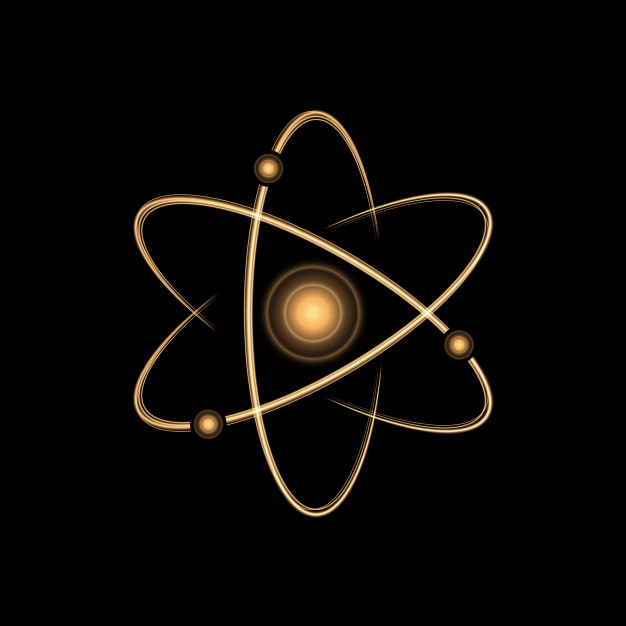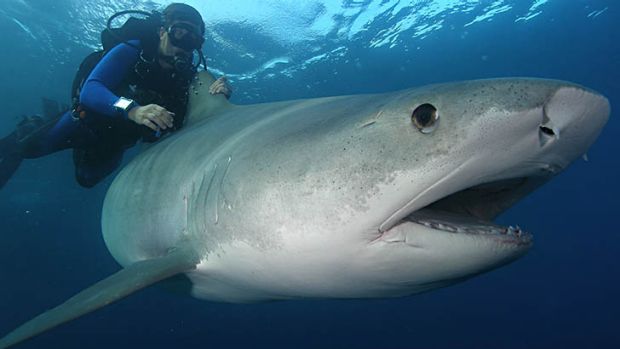The sub-particles made of matter can be broadly divided into two types: first molecule and second atom. Today, we are going to reveal some of the main differences between an atom and a molecule.
Molecules

A microscopic particle of a substance (element or compound) that can remain in an independent state, but cannot participate in chemical reactions, reactions and in which all the properties of that substance are present is called a molecule.
All the molecules of a substance are identical to each other in every way; From the point of view of mass, size, and properties, etc., the same element or compound is integral to each other. But the molecules of any two different substances are completely different from each other. For example, all water molecules are equal.
Each molecule of water has a relative molecular mass of 18 (oxygen O – 16 hydrogens H2 – 1 + 1 in H2O). The physical and chemical properties of its molecules are completely similar in size, mass, etc. In the same way, all salt molecules are equal. Each molecule of salt has a relative mass of 58.5 and all its size and properties are similar. But water molecules and salt molecules are completely different from each other.
The attraction force between molecules is called a differential molecular attraction force. Due to this force, countless molecules of matter are linked together in a solid and liquid state. But when the matter is converted to a gaseous state, the molecules become far away from each other.
There are two types of molecules: molecules of the element and molecules of the compound. When more than one atom of the same element forms its smallest independent particles, these particles are called molecules of the element.
When atoms of more than one element combine to form microscopic independent particles, they are called molecules of the compound. For example, each molecule of methane is made up of one atom of carbon and four atoms of hydrogen.
Atoms

An atom is one of the smallest possible particles of a substance (i.e. element) which cannot last in an independent state but participates in a chemical reaction and in which all the properties of that substance are present, is called an atom.
According to Dalton, the atom was inseparable, but modern discoveries have shown that the atom also consists of microscopic particles, the main ones being electrons, protons, and neutrons. All the atoms of an element are identical and similar but are completely different from the atoms of other elements.
The weight of the atom of one element is also different from the weight of the atom of another element. For example, all the atoms of hydrogen are the same and all forms and all the atoms of carbon are identical and similar but the atoms of hydrogen and carbon are completely different from each other.
Difference between atoms and molecules
| Atoms | Molecules |
| Atoms are smaller in size. | Molecules are larger. |
| The main elements of atoms are electrons, protons, and neutrons. | Molecules are made up of atoms. |
| Atoms cannot live independently. | Molecules can live independently. |
| Atoms participate in chemical reactions | Molecules do not participate in chemical reactions. |
| Fission of atoms can only be done under special conditions. | Molecules can be split into smaller pieces. |
| All the properties of that substance are not found in atoms. | All the properties of that substance are found in molecules |
| Atoms are of some element. | Molecules are of both elements and compounds. |
Summary
A microscopic particle of a substance (element or compound) that can remain in an independent state, but cannot participate in chemical reactions, reactions, and in which all the properties of that substance are present is called a molecule.
The smallest possible particle of a substance (i.e. element) which cannot remain in an independent state but participates in a chemical reaction and in which all the properties of that substance are present, is called an atom.





